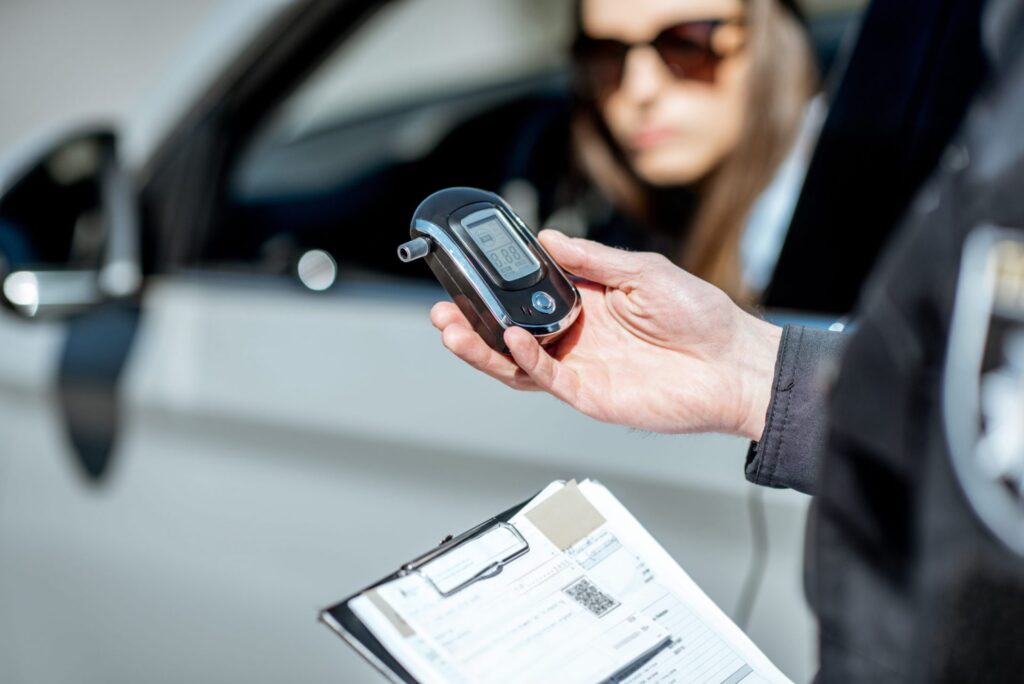Breath testing devices are a huge part of enforcing Maine’s laws for driving under the influence (DUI). Unfortunately, when you start delving into how they work, it’s clear that they’re not actually scientific or reliable:
- They need constant recalibration or their results get skewed,
- Police can manipulate results by, for example, skipping the observation period, and
- Breathalyzers only determine breath alcohol content (BrAC); an imprecise way of proving blood alcohol content (BAC).
When compared to the early forms of the breathalyzer, the current devices are far better. However, few changes have been made in the past half-century.
The Beginning: Officer Testimony
In the very beginning, the only evidence available to convict suspects of drunk driving was the testimony of police officers. However, this was at the beginning of the 20th century, when cars were slow, drunk driving accidents rarely deadly or even serious, and police officers were trusted by the community. Despite these factors, the fact remained that different people act differently when they’re drunk, making the testimony of the arresting officer unreliable.
The Discovery of Alcohol on the Breath
The breakthrough that made breathalyzers possible happened in 1926. Emil Bogan, a doctor from California, did an experiment: He took urine samples of people suspected of being drunk – a crime in 1926, the heart of the Prohibition Era – and then had the suspects inflate a football. He then compared the alcohol content of the air from the footballs with the alcohol content in the urine and found that they were related.
Bogan published his findings and won the California Medical Association’s Research Prize, which came with a $150 award.
Early Breath Tests
It took 10 years for Bogan’s findings – which linked alcohol on the breath of a suspect to alcohol in the urine and, through the urine, the suspect’s blood – to impact law enforcement and DUI law. In 1936, Dr. Rolla Harger patented the Drunkometer: Suspects inflated a balloon, which was then attached to a tube filled with a purple fluid of potassium permanganate and sulfuric acid. Any alcohol in the breath reacted with the fluid, turning it from purple to yellow. The more alcohol introduced into the mix, the quicker the color change happened.
Not only was the Drunkometer cumbersome, though, it was also unscientific: Different cops could come to different results about how drunk someone was based on the color change, and there still wasn’t an objective standard for when someone was “under the influence” of alcohol.
Subsequent developments aimed to correct the first of these problems, but not the second.
Current Breathalyzer Machines
In 1954, a captain with the Indiana State Police, Robert F. Borkenstein, changed the layout of the Drunkometer, making it smaller and adding a photometry device. This photometry device automatically tracked the color change in the chemicals inside the machine, giving a reading that was less up to the interpretation of the officers on the scene. Borkenstein’s device was called the Breathalyzer and is the basis of what we use now, more than 60 years later.
DUI-Defense Attorney William T. Bly of The Maine Criminal Defense Group
If you’ve been charged with DUI in Maine, call the DUI-defense lawyers at MCD Group at (207) 571-8146 or contact him online for the legal representation you need.


